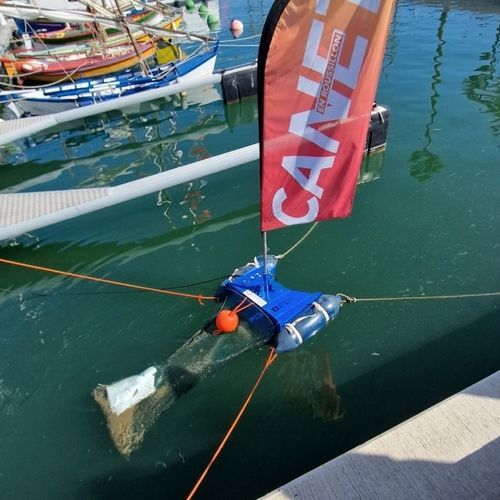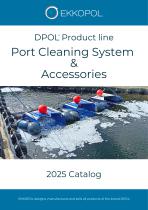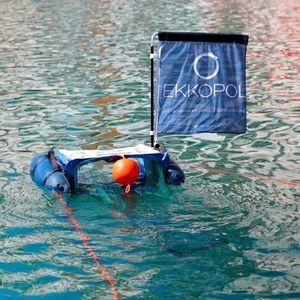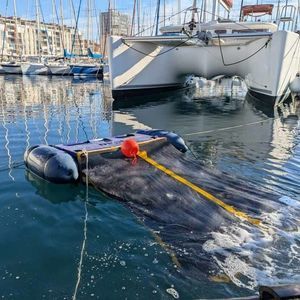
- Company
- Products
- Catalogs
- News & Trends
- Exhibitions
Waste collection marine drone DPOL® Classicautonomouselectriccatamaran

Add to favorites
Compare this product
fo_shop_gate_exact_title
Characteristics
- Applications
- waste collection
- Guidance
- autonomous
- Power source
- electric
- Type
- catamaran
- Other characteristics
- light
- Length
110 cm
(43.31 in)- Width
83 cm
(33 in)- Height
59 cm
(23 in)- Weight
31 kg
(68 lb)- Carrying capacity
Min.: 2 kg
(4 lb)Max.: 300 kg
(661 lb)
Description
Designed for various environments, the DPOL® Classic collects floating pollution in many situations, whether in fresh or salt water. It offers the ideal balance between efficiency, simplicity, and price.
The DPOL® Classic is the original model in the range, known for its reliability and ease of use since 2021.
It has been designed to efficiently address occasional floating pollution problems in protected environments such as marinas, recreational areas, and inland waters.
Compact, lightweight, quick to install and relocate, it operates autonomously: once in the water, it continuously collects floating debris (plastic, packaging, plants, algae, hydrocarbons…) without human intervention. Thanks to a powerful pump that draws water from the rear of the DPOL®, a surface current is created to attract pollutants from the front into the device’s net.
Wind and current naturally move pollutants into accumulation zones. By being placed near those areas, the DPOL® Classic draws in debris and cleans your water body.
This version is best used for occasional pollution. For more intense pollution, the HD and Max versions are more suitable.
The DPOL® Classic stands out for its easy maintenance. Its robust aluminum construction, built to last, allows for intensive use with minimal upkeep
Silent and equipped with two flag holders, the DPOL® Classic is also a great communication tool, drawing attention at any time of day.
Praised by over one hundred ports in Europe, it offers an unmatched efficiency-to-price ratio. The DPOL® Classic is the ideal choice for facilities looking to improve water quality without significantly increasing their operating costs.
VIDEO
Catalogs
DPOL Product line
19 Pages
*Prices are pre-tax. They exclude delivery charges and customs duties and do not include additional charges for installation or activation options. Prices are indicative only and may vary by country, with changes to the cost of raw materials and exchange rates.




